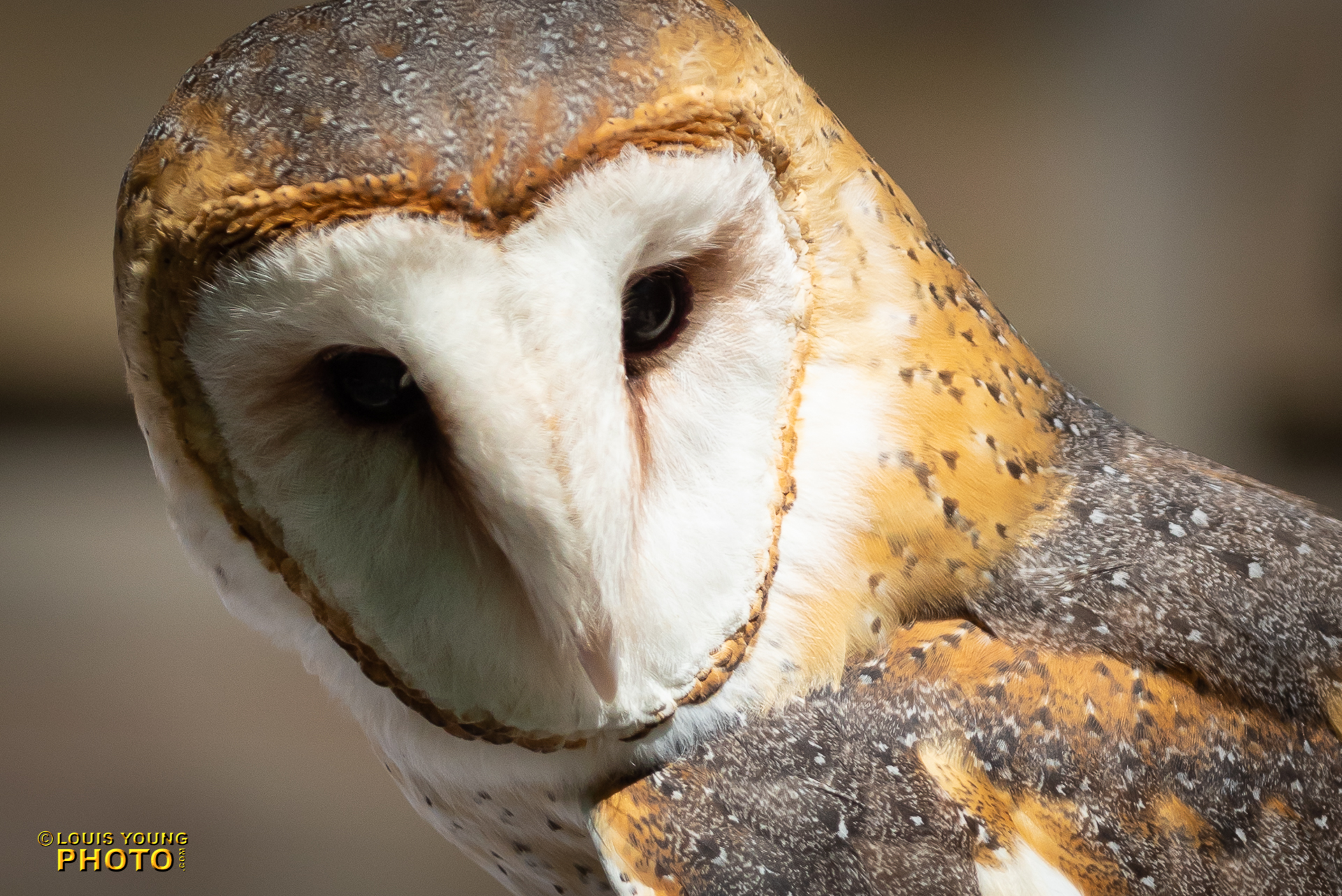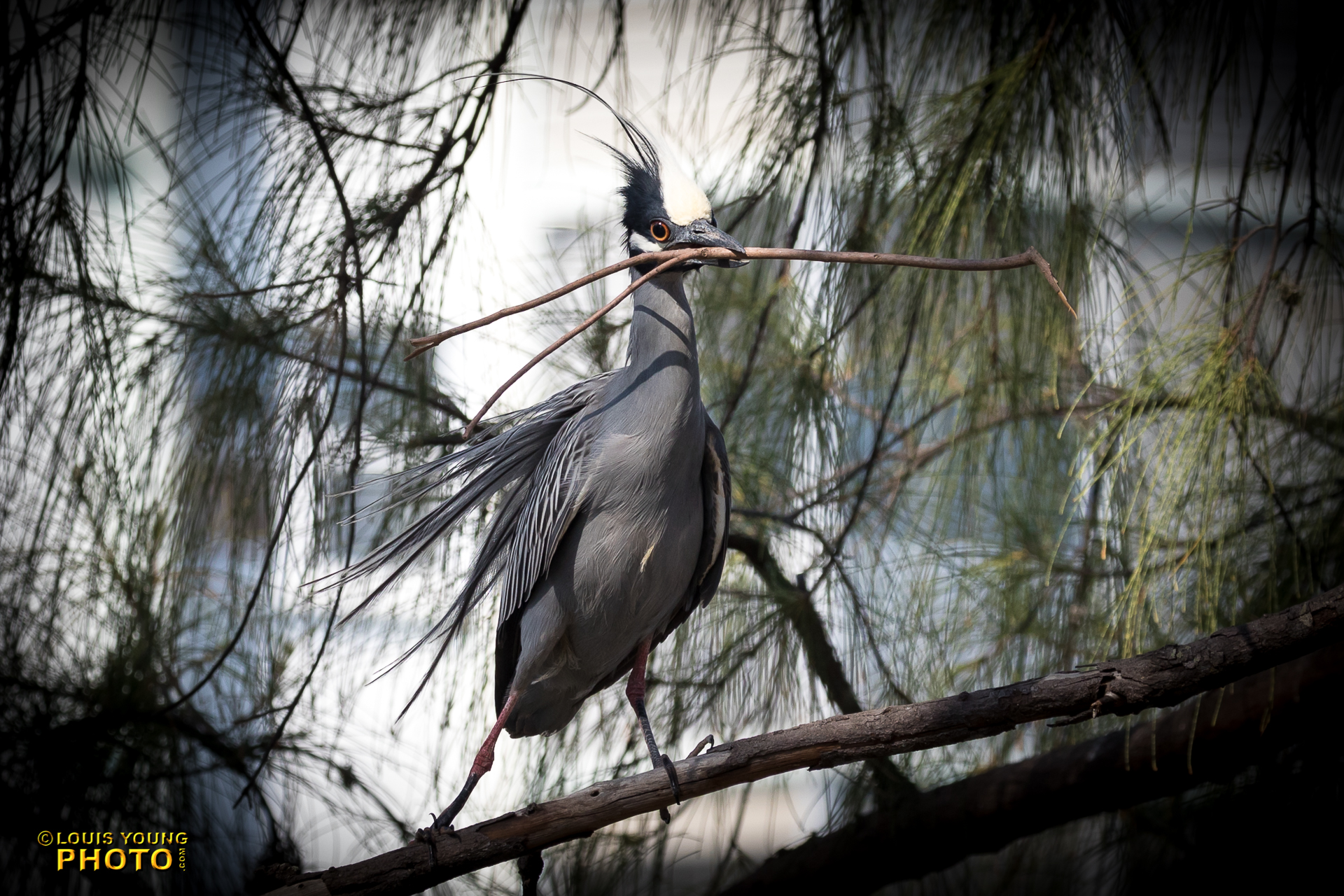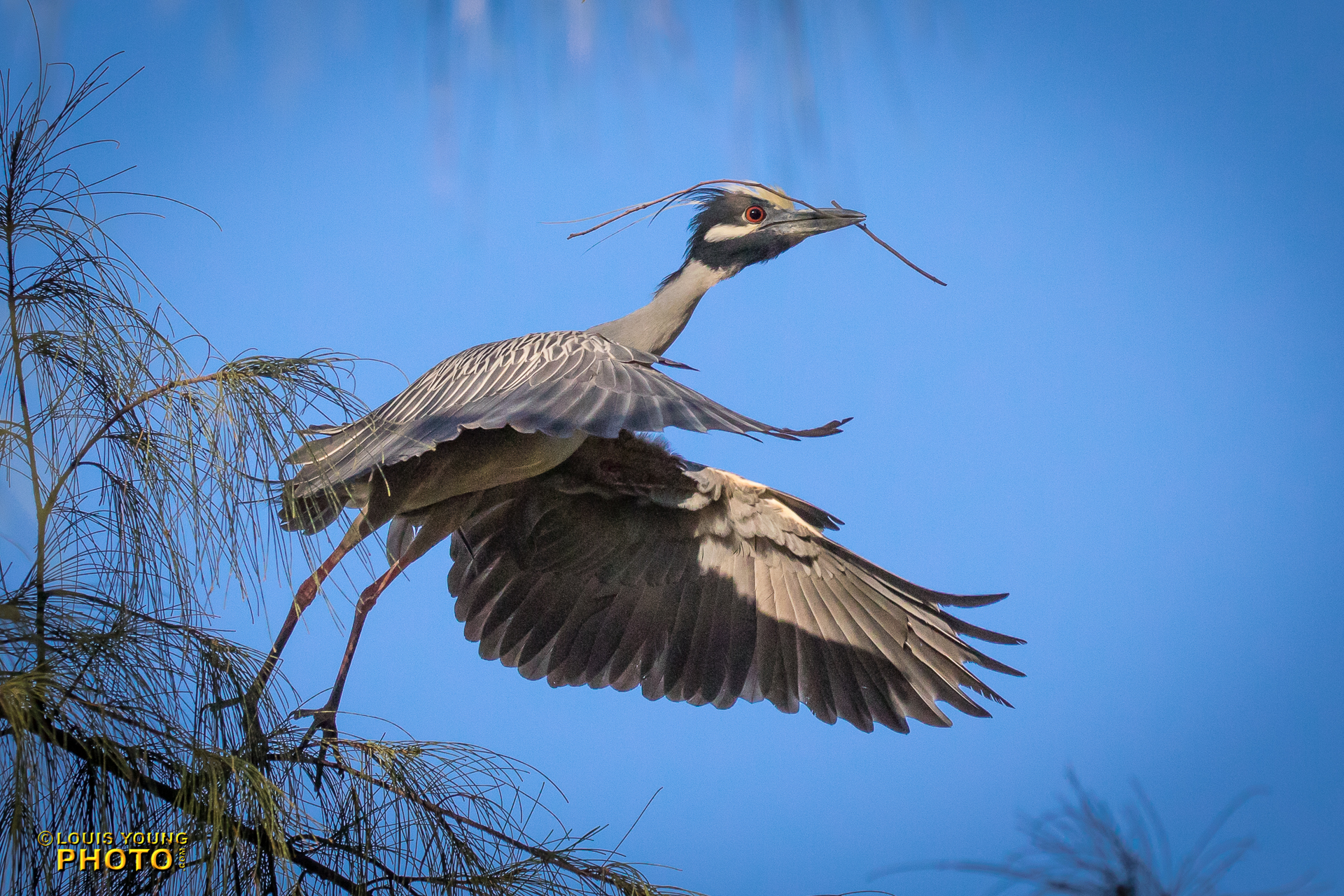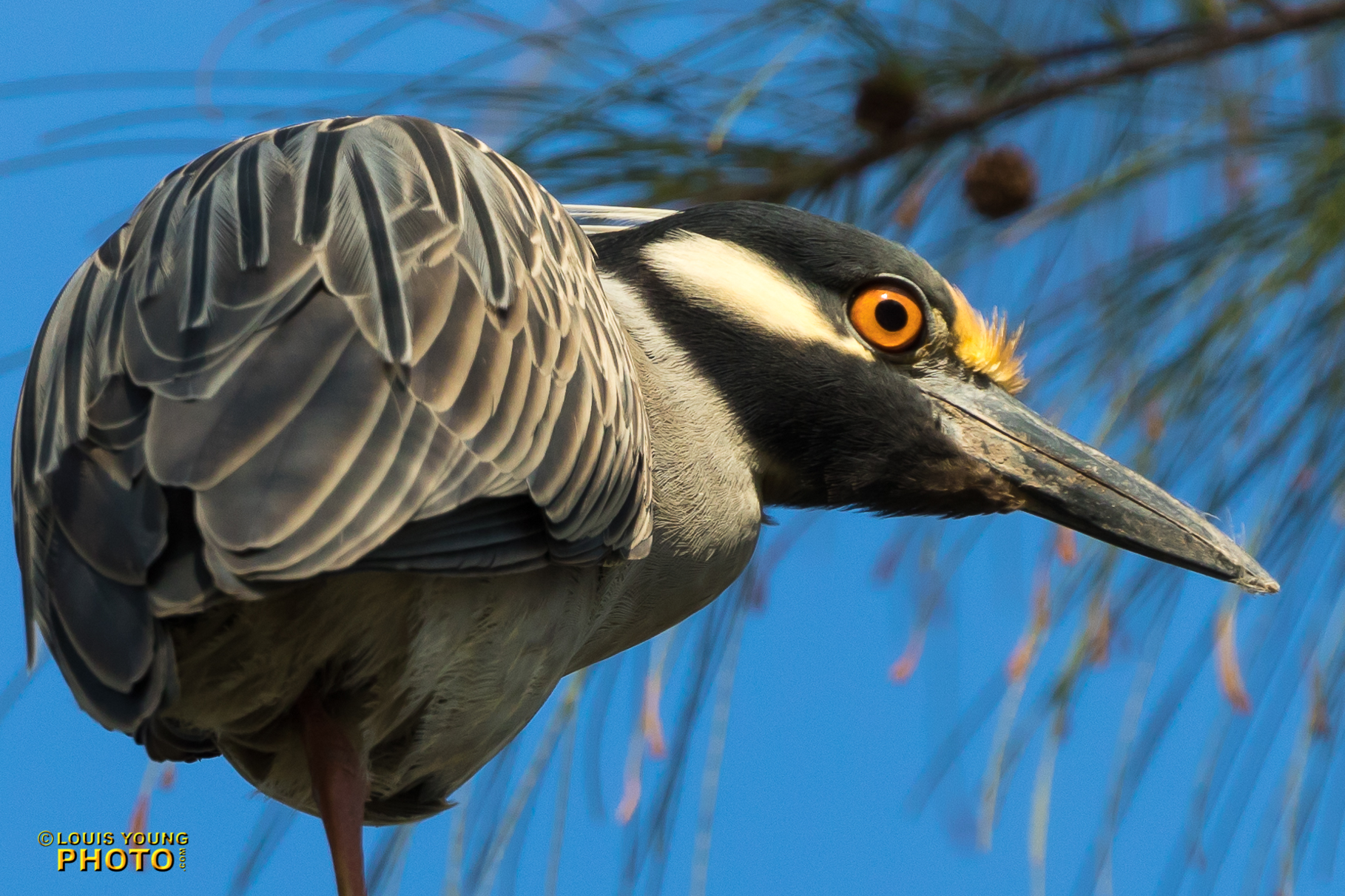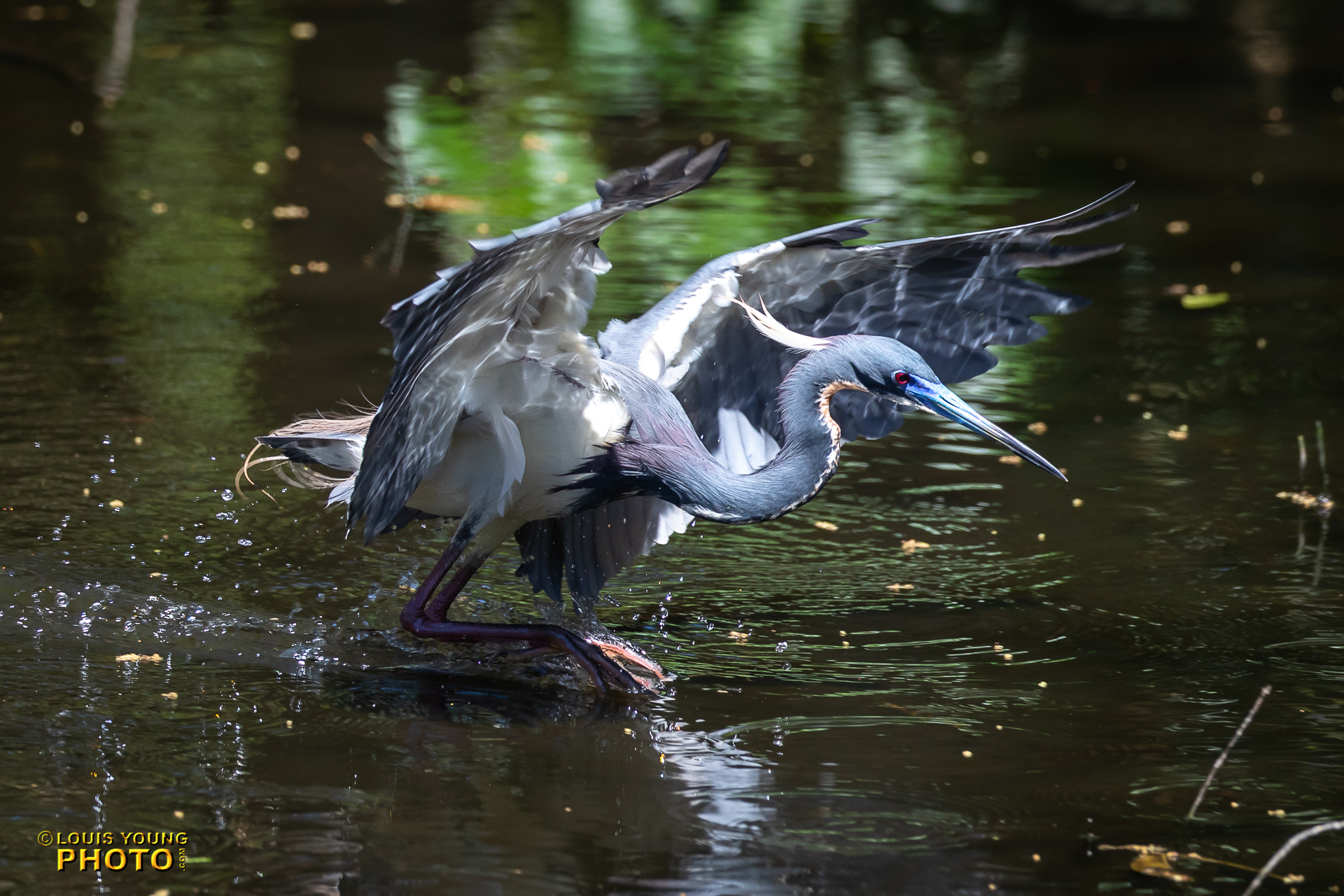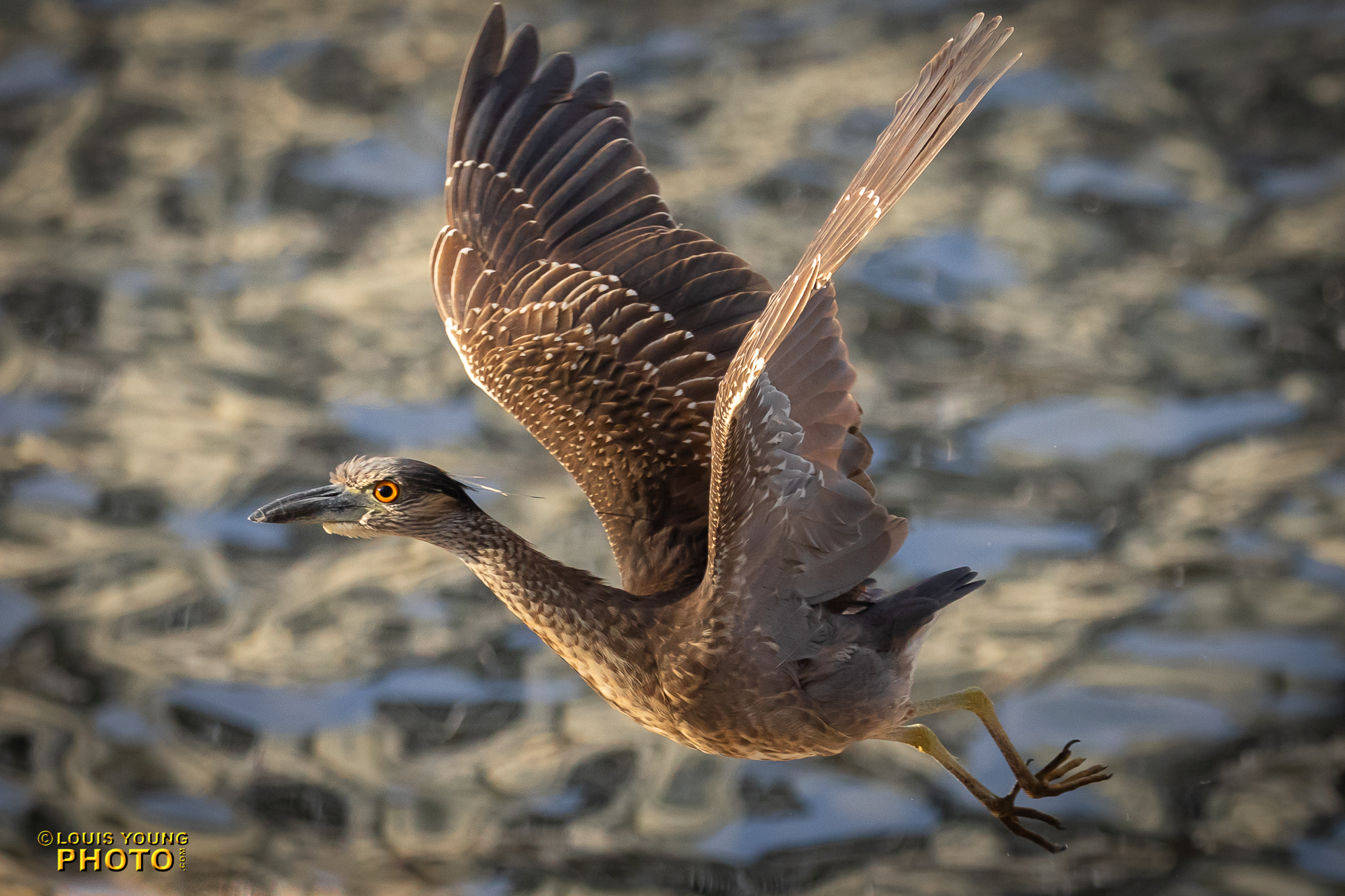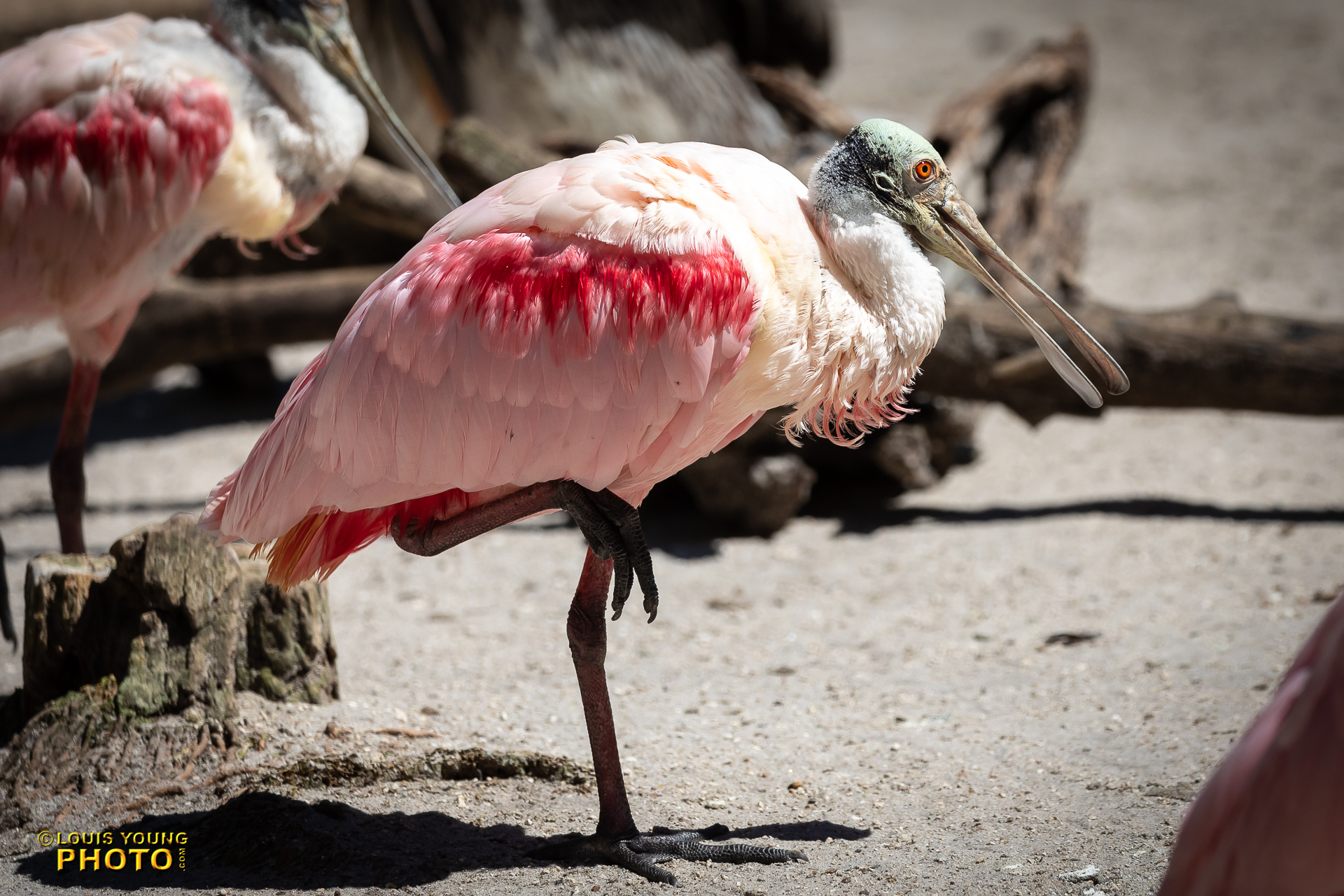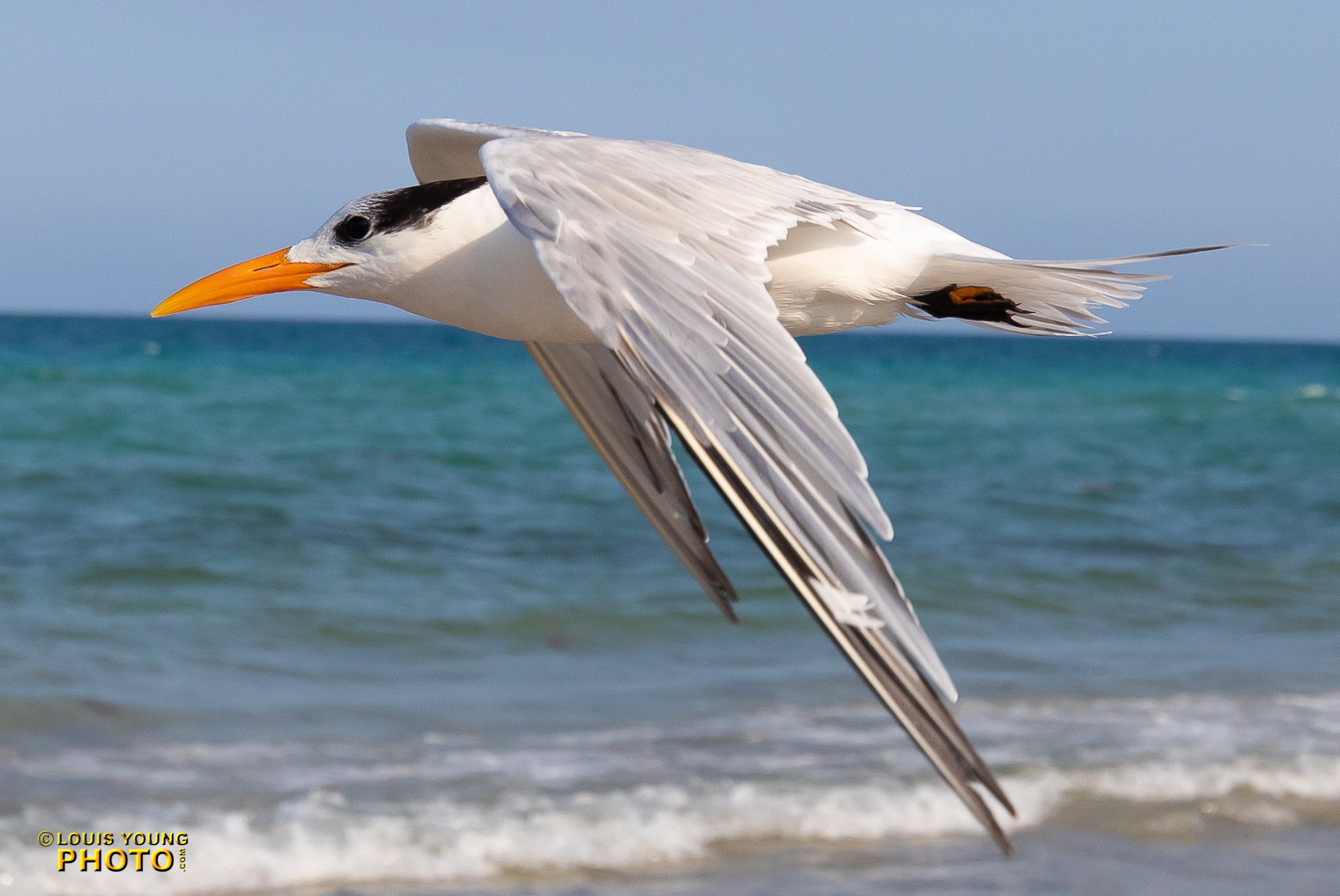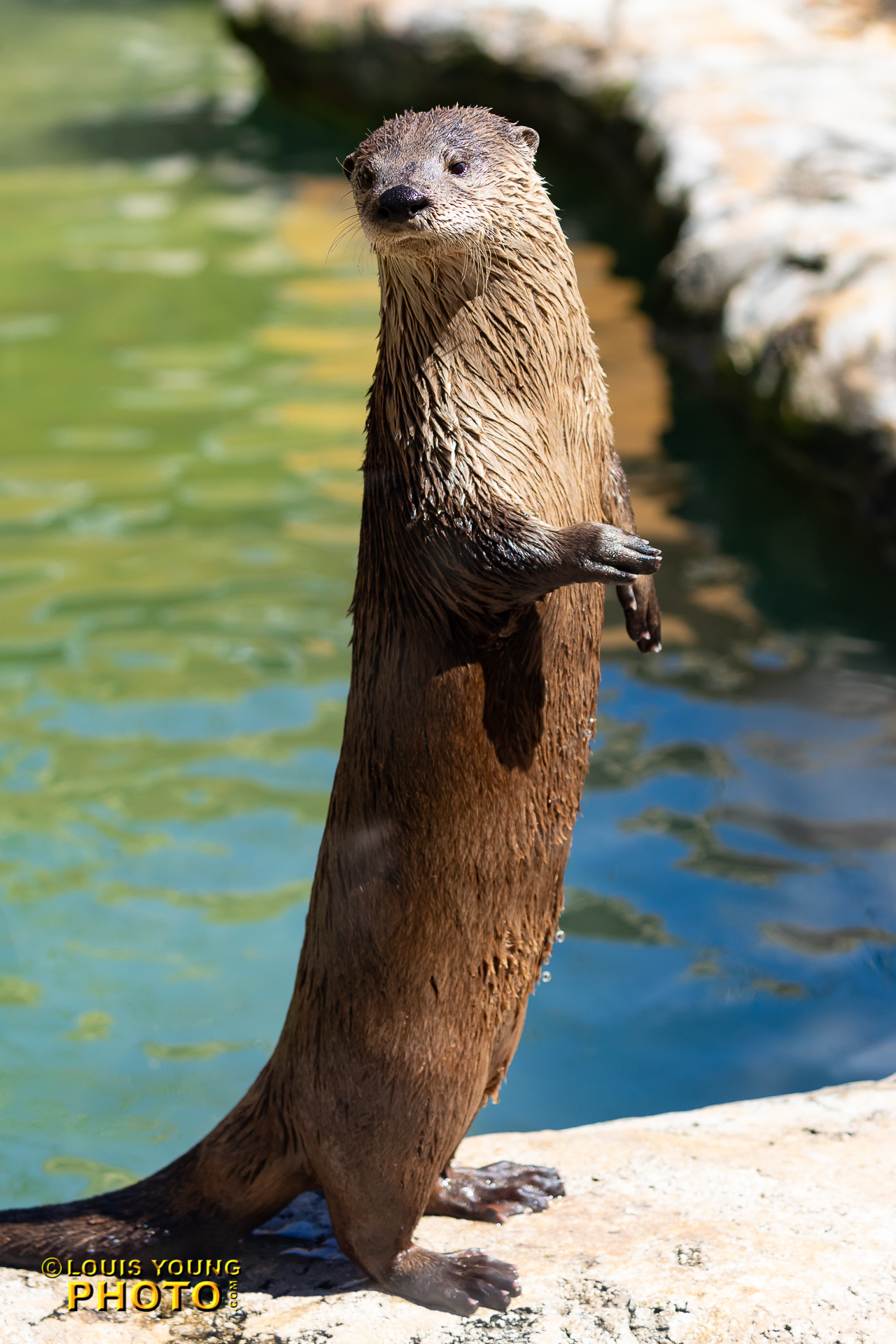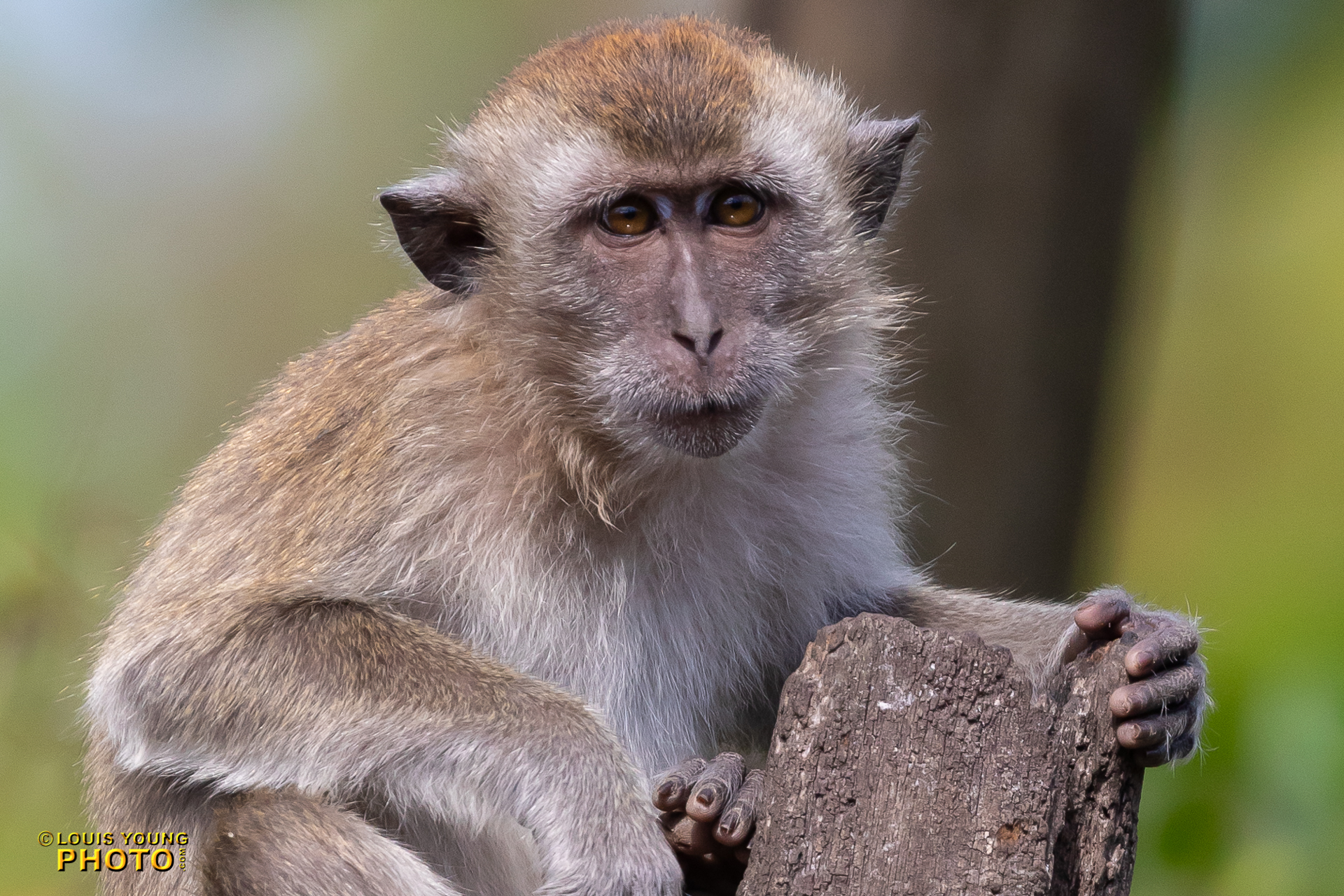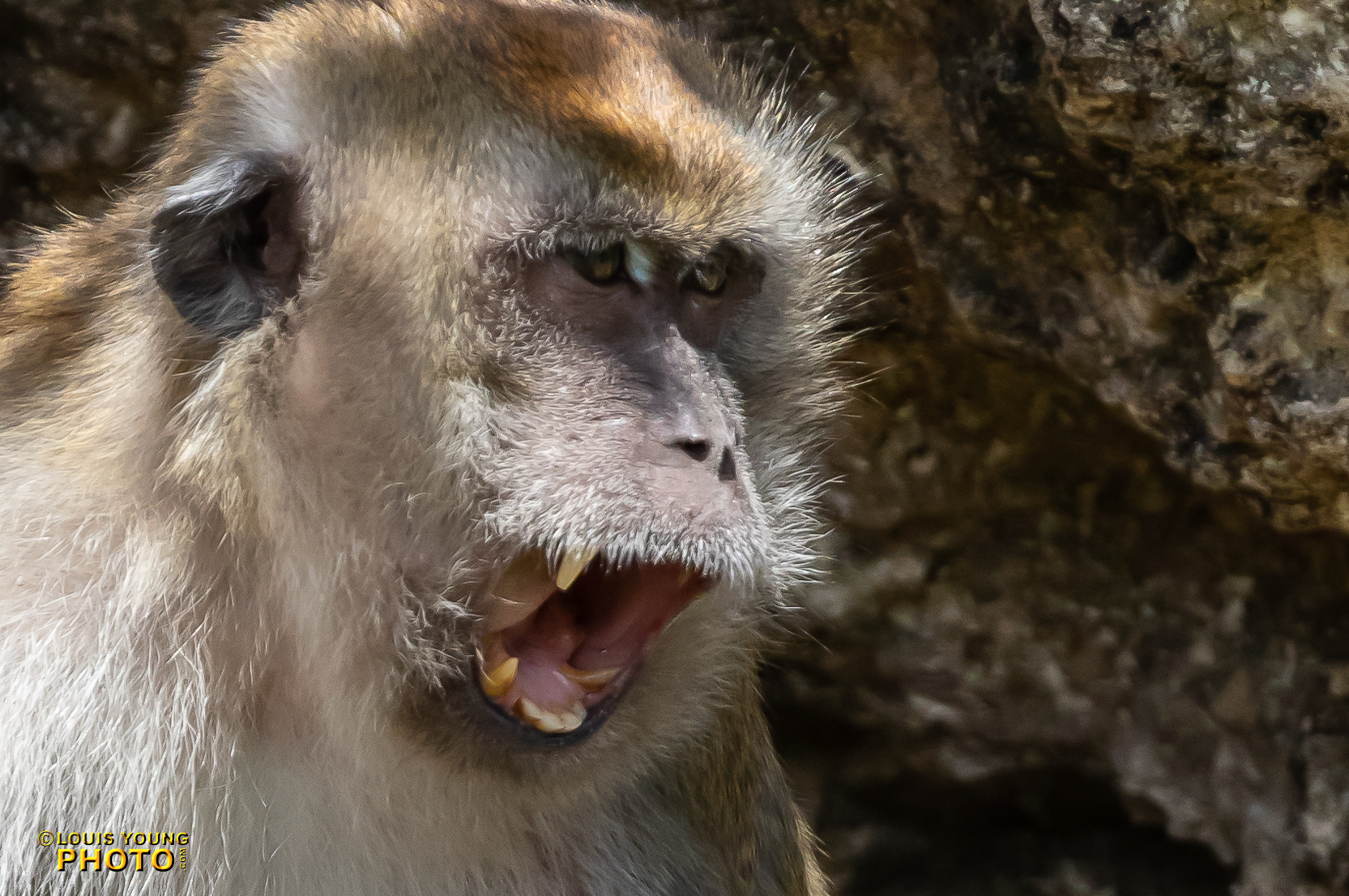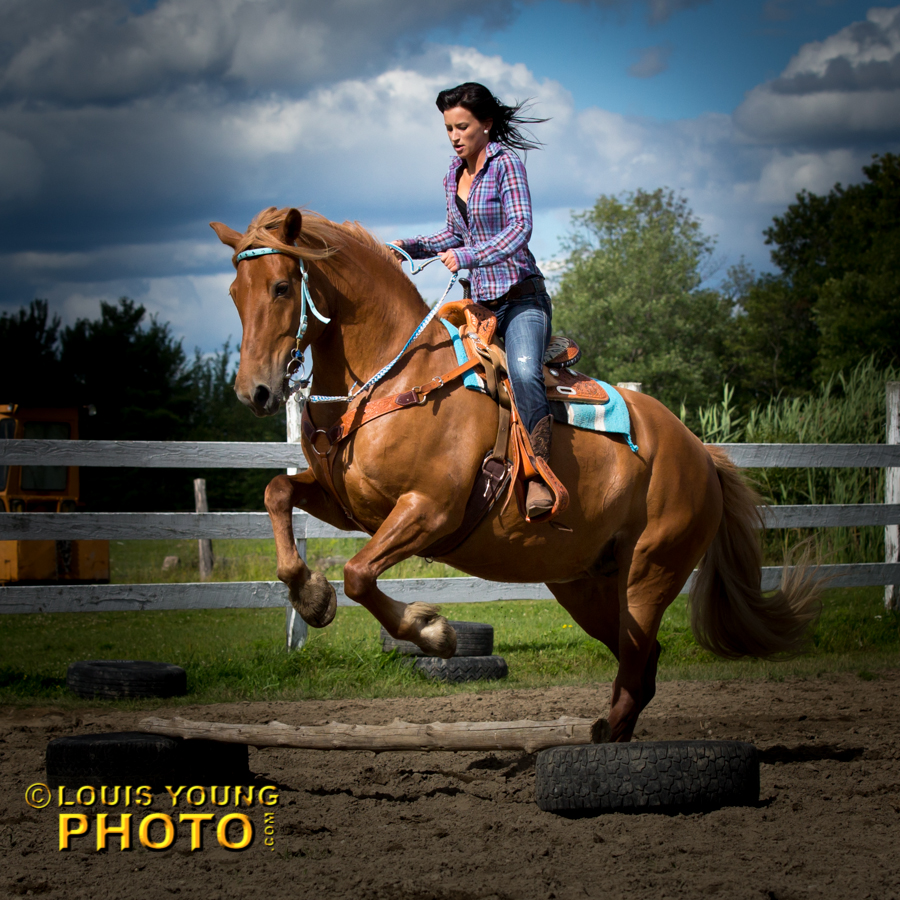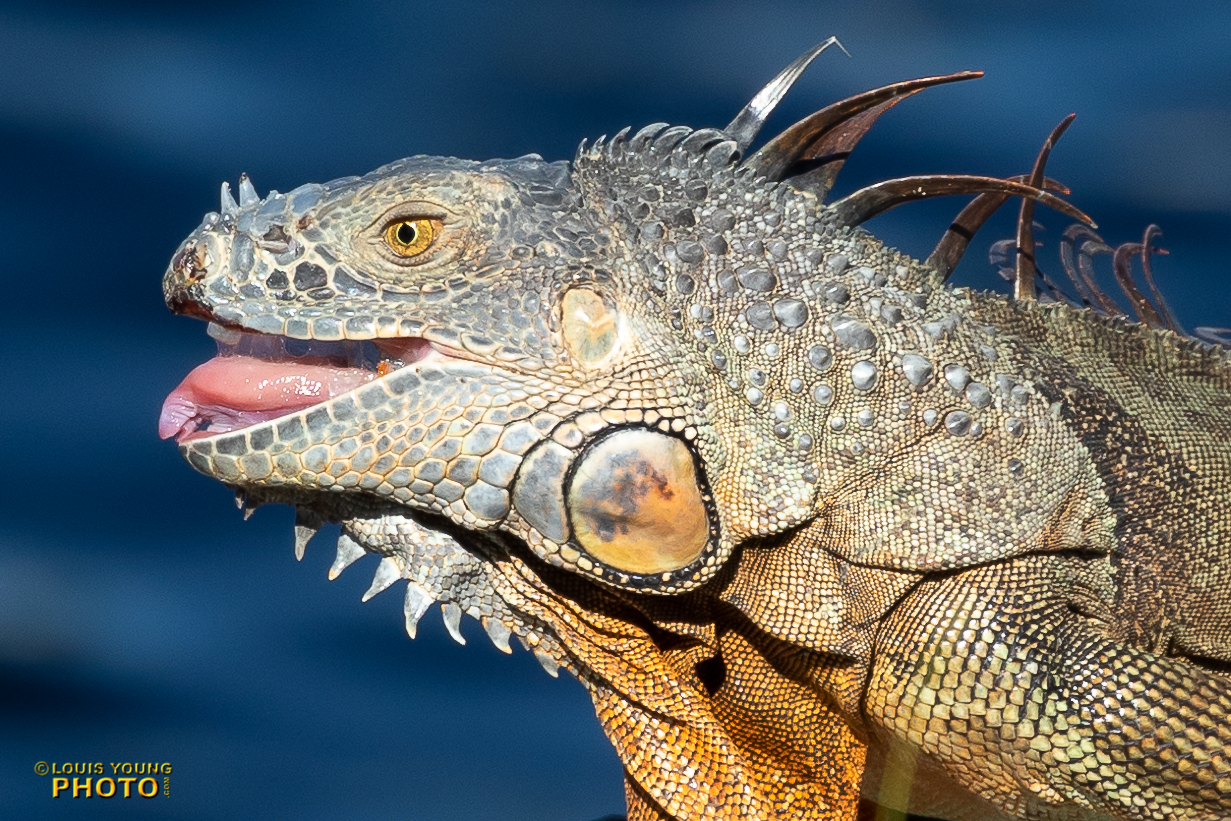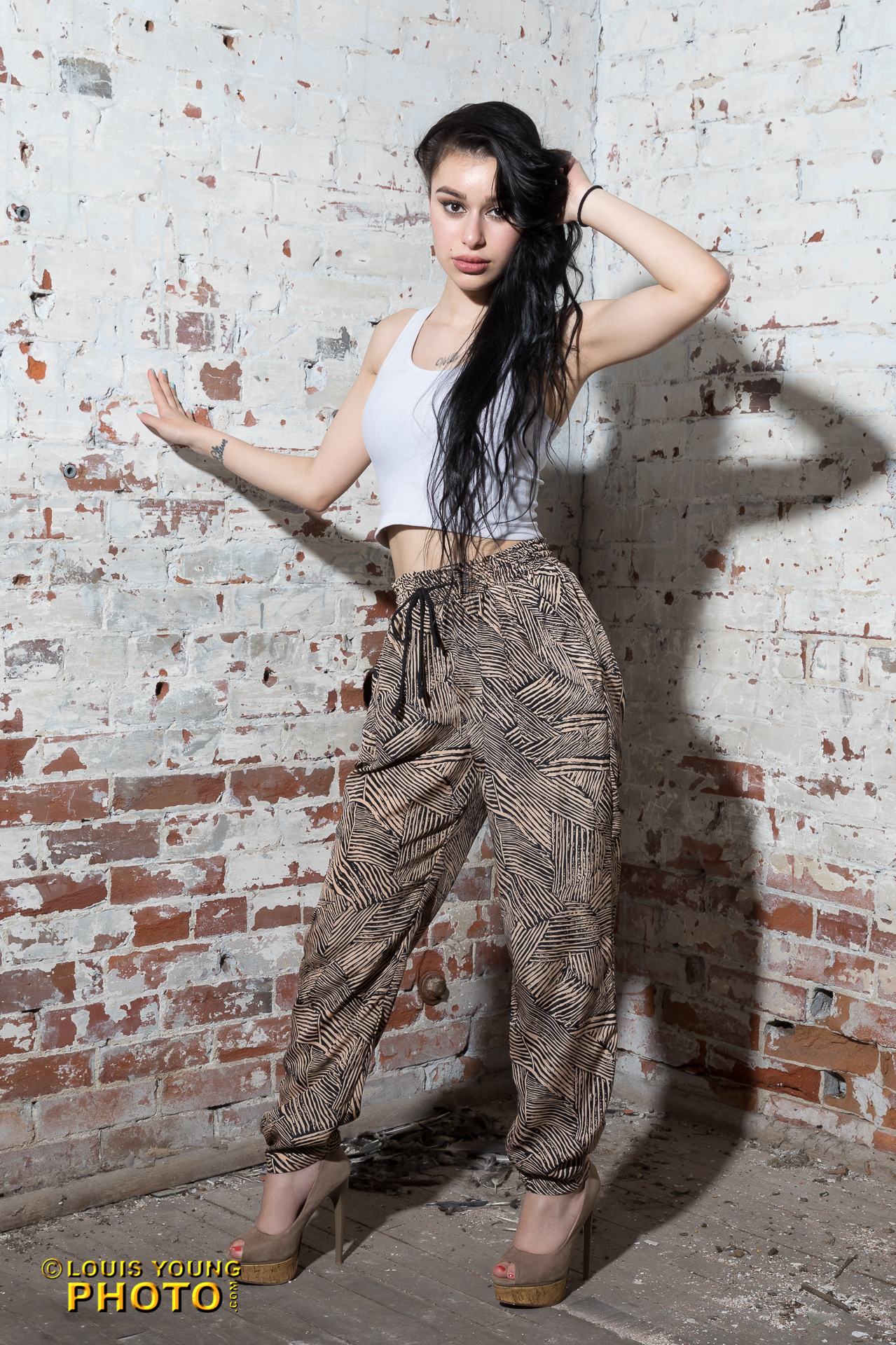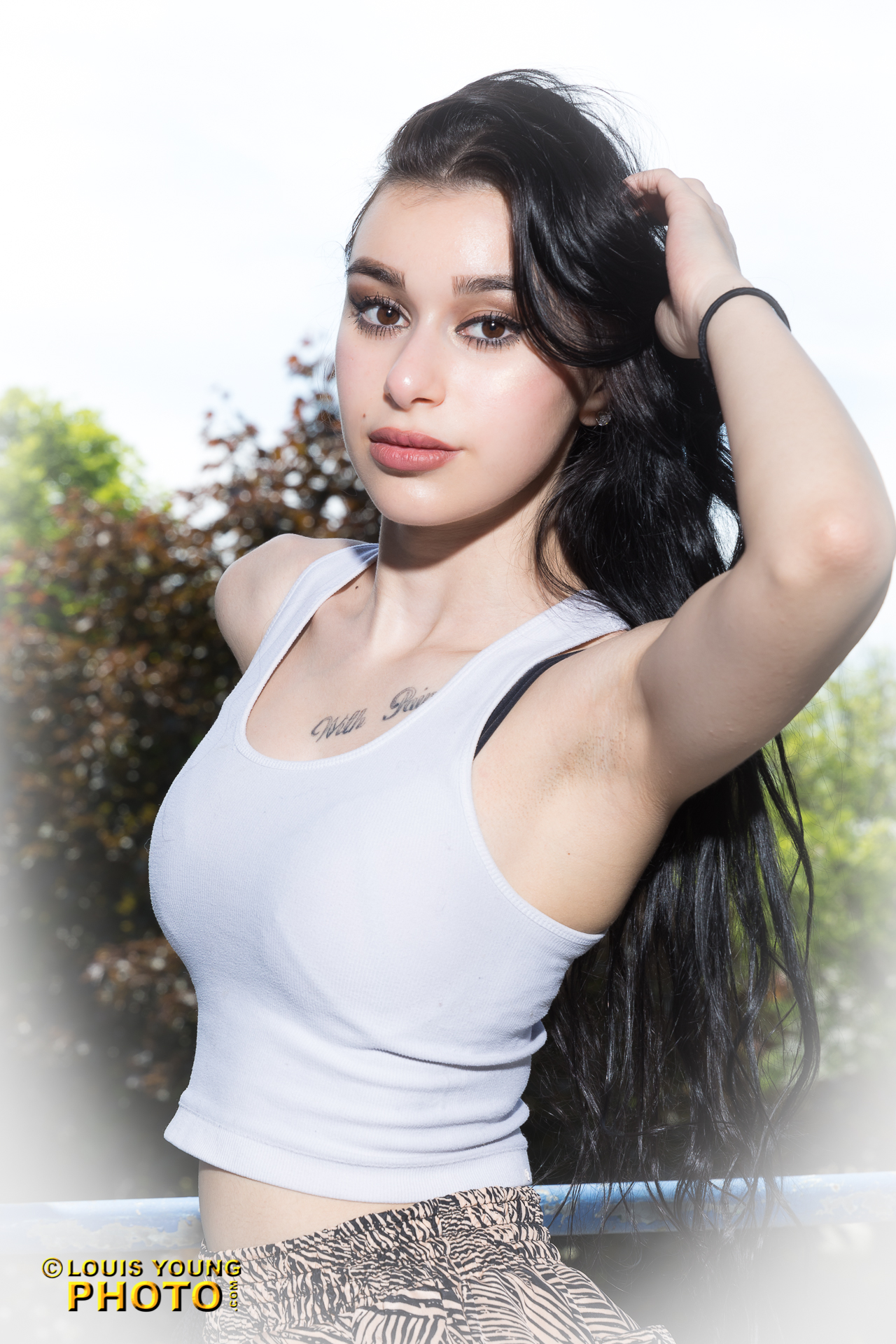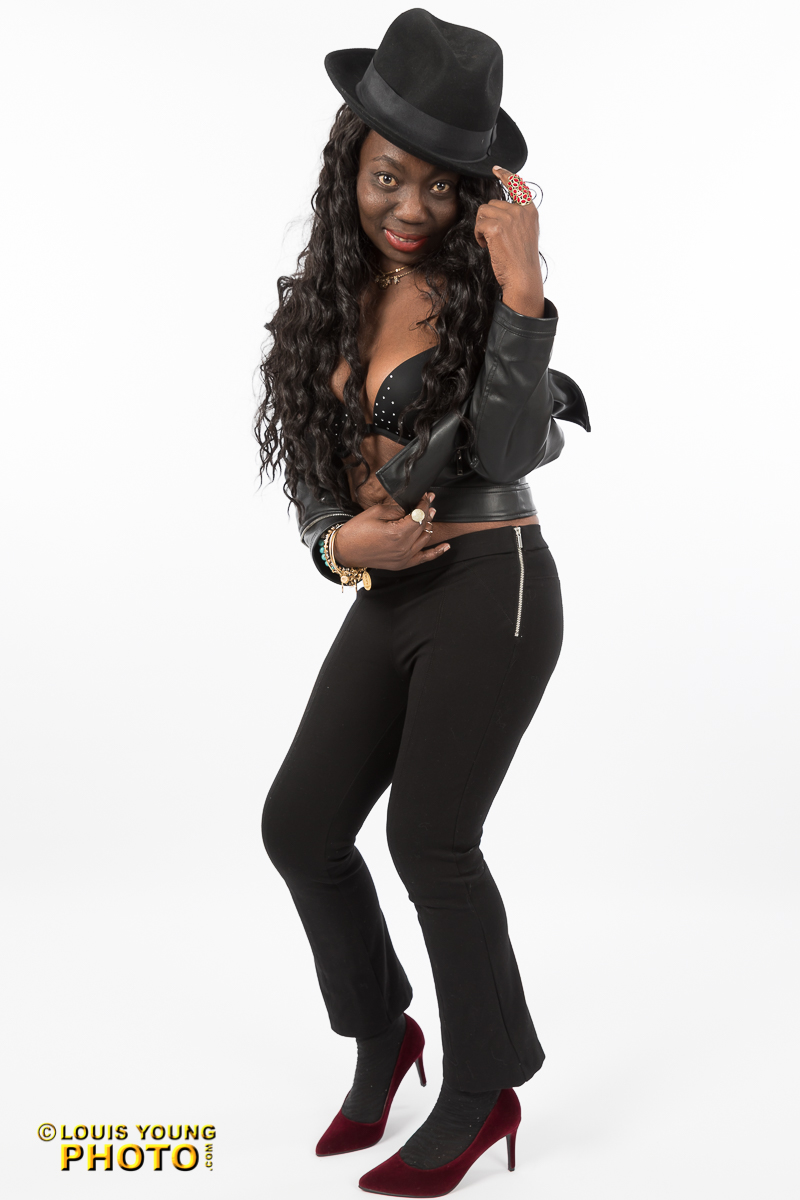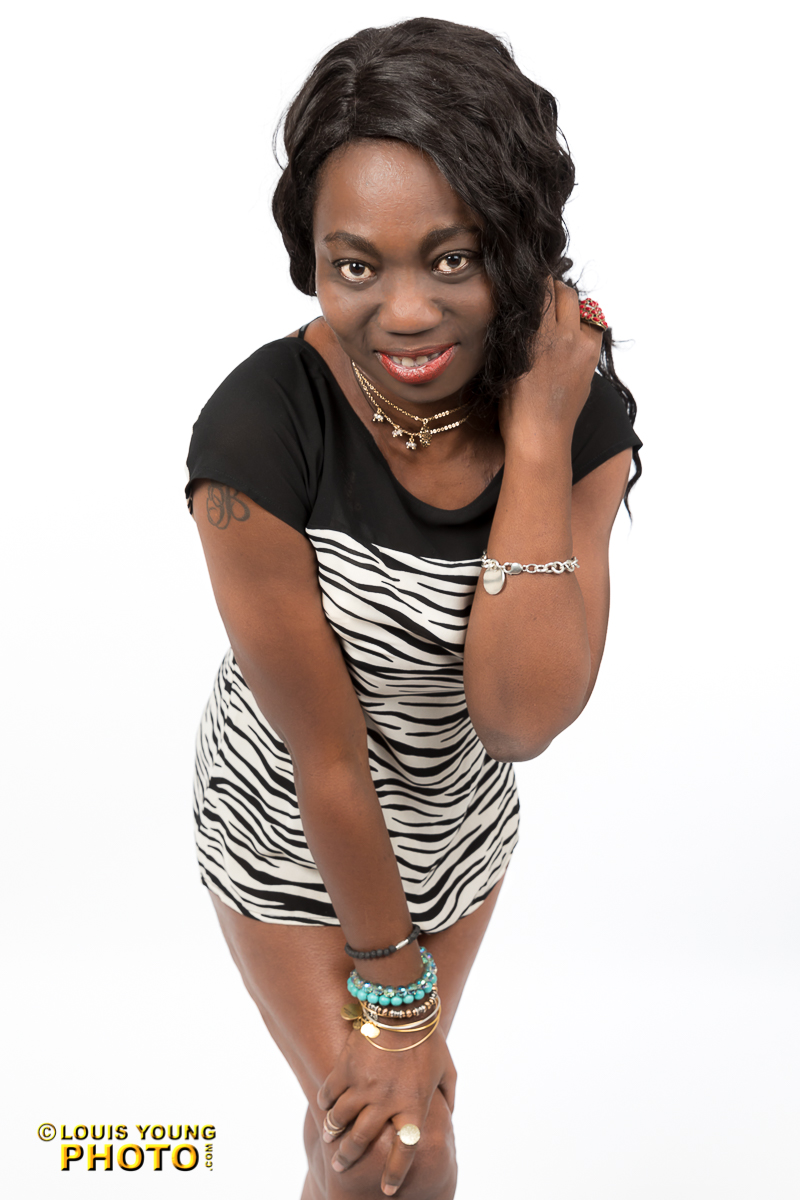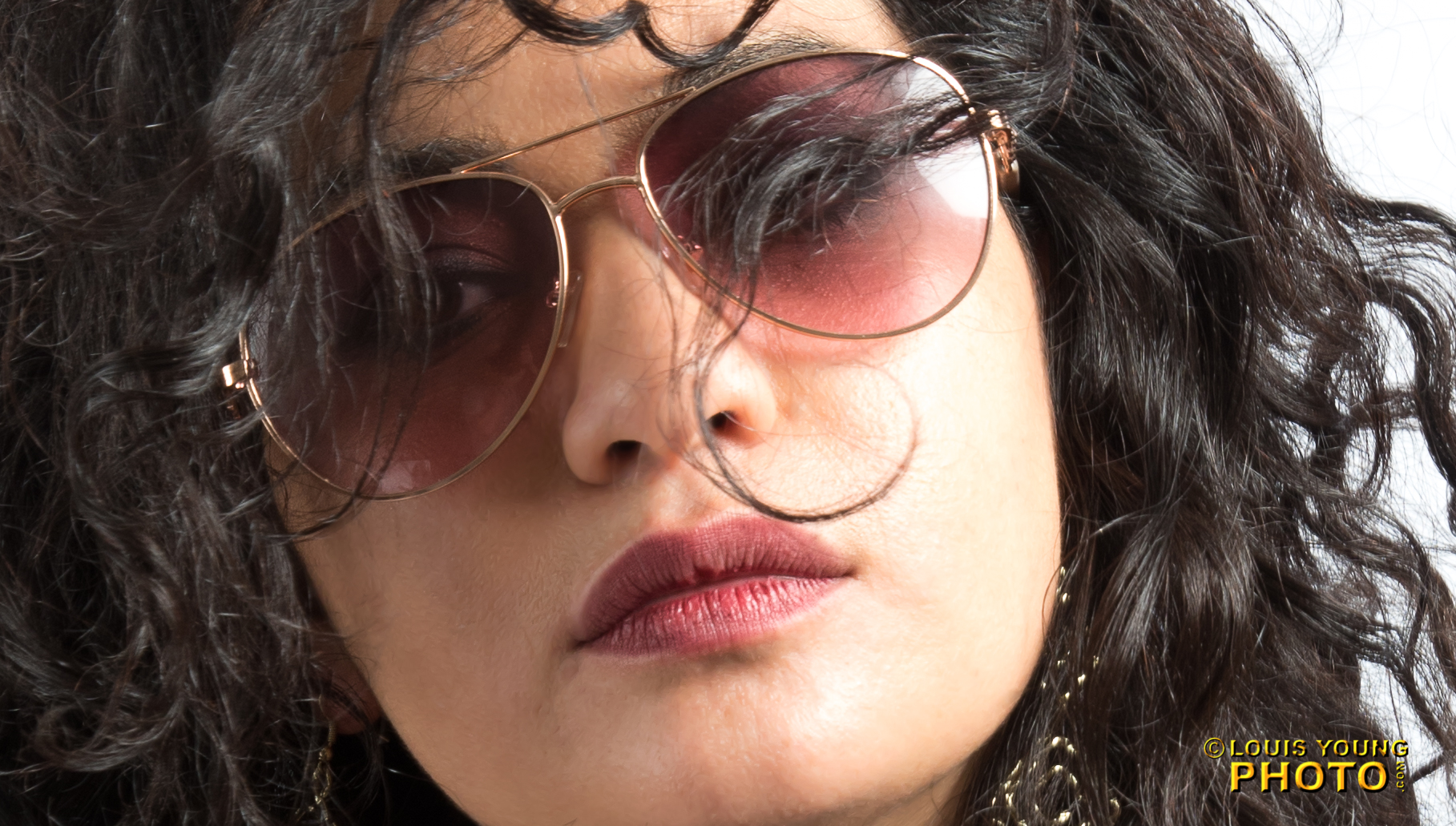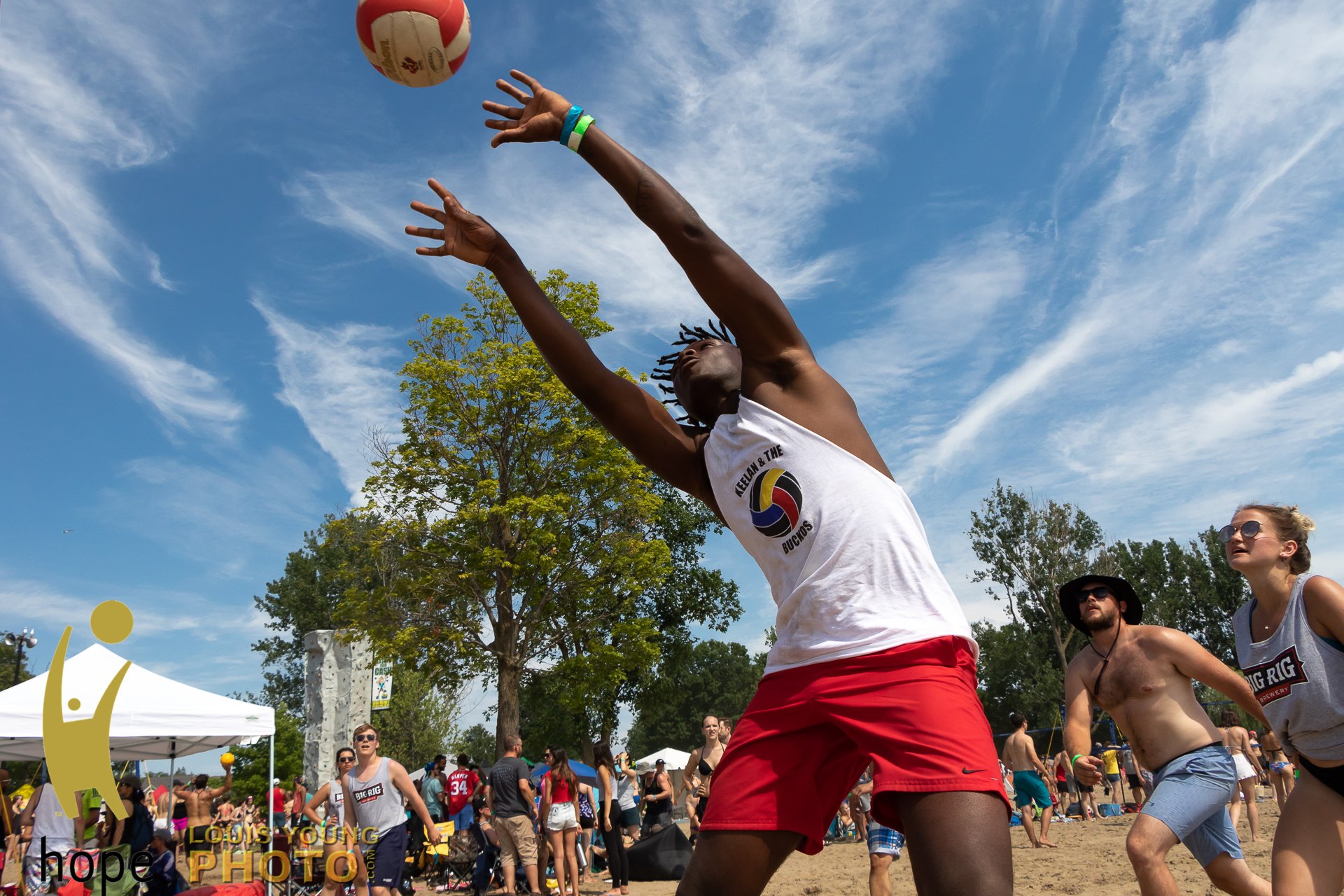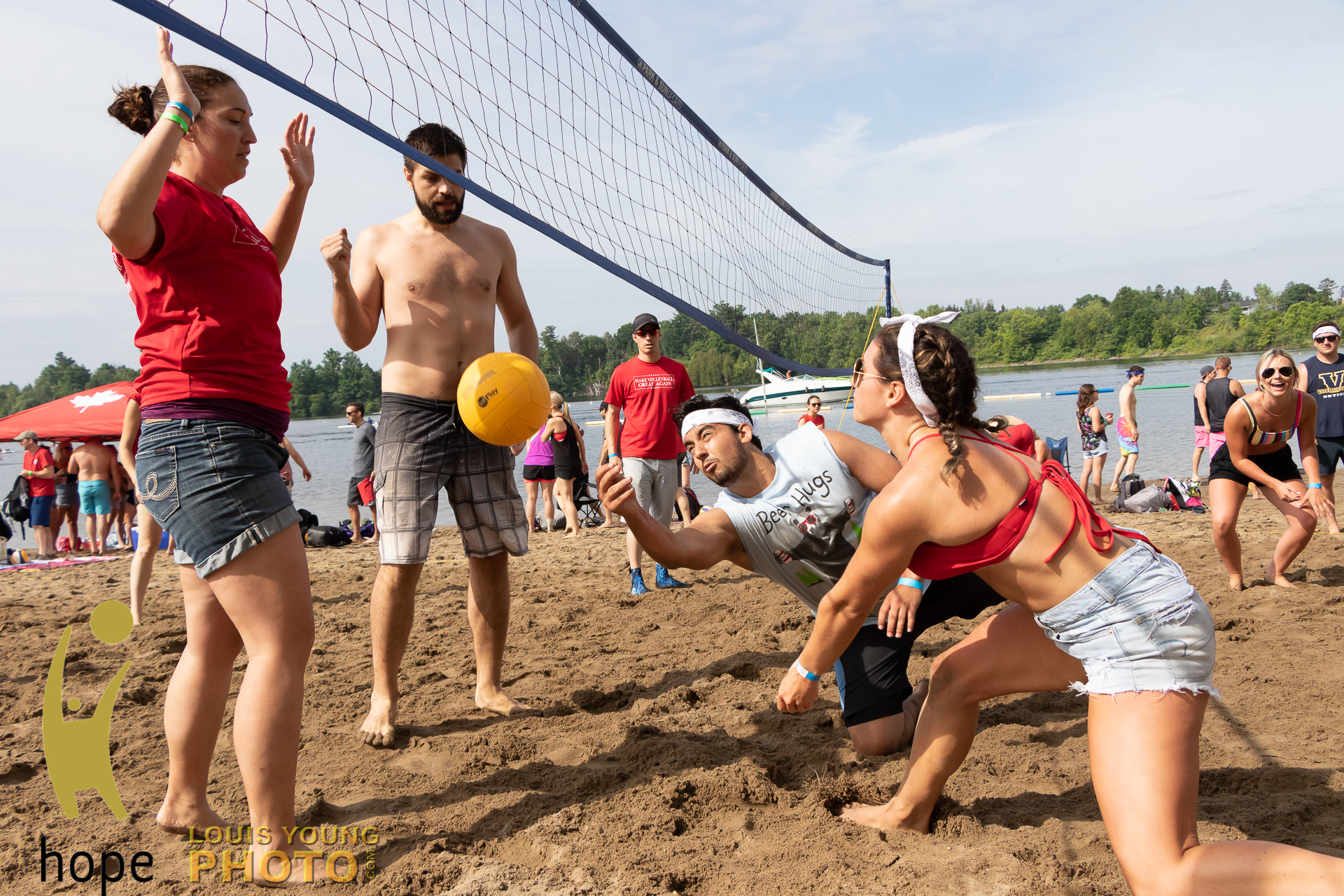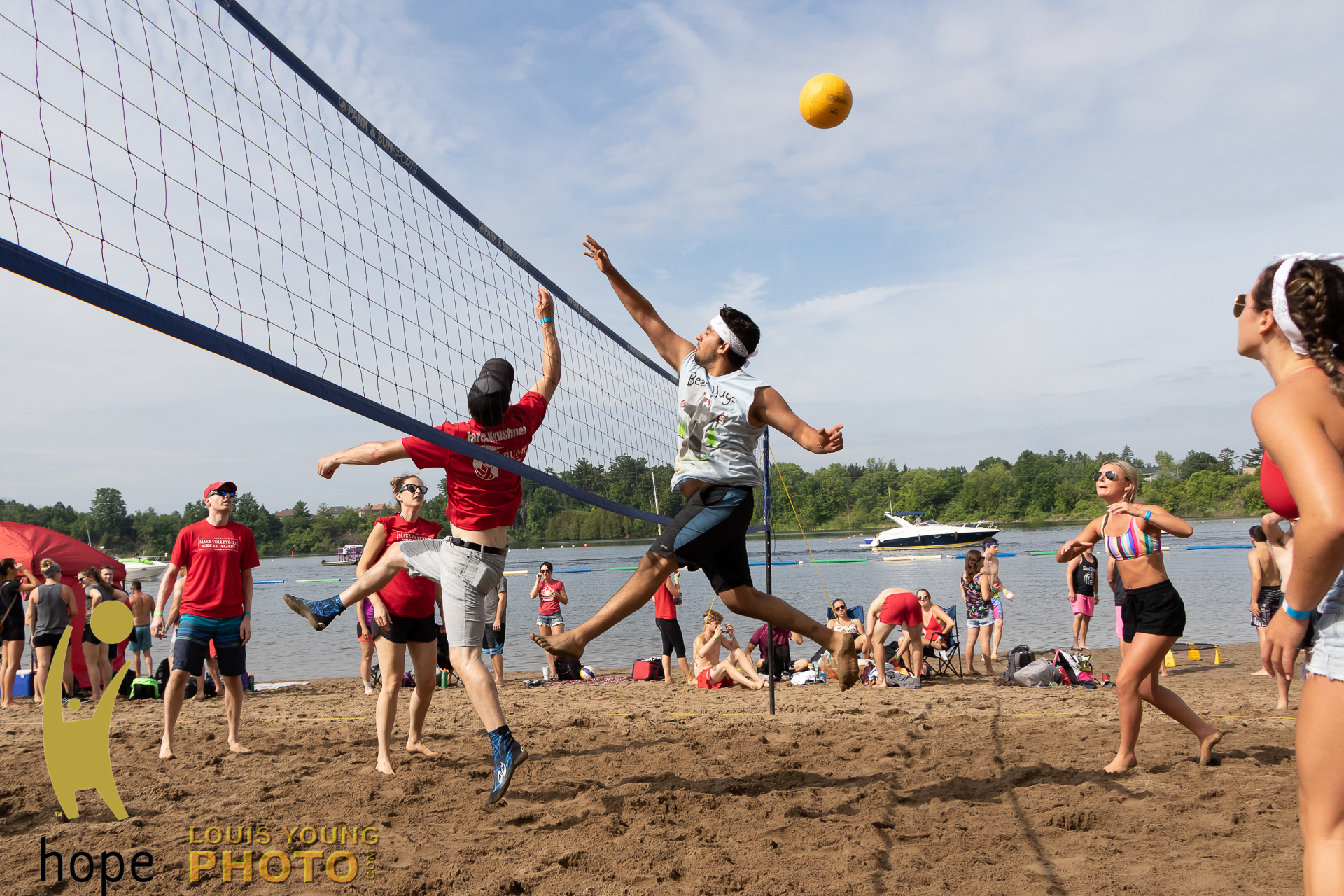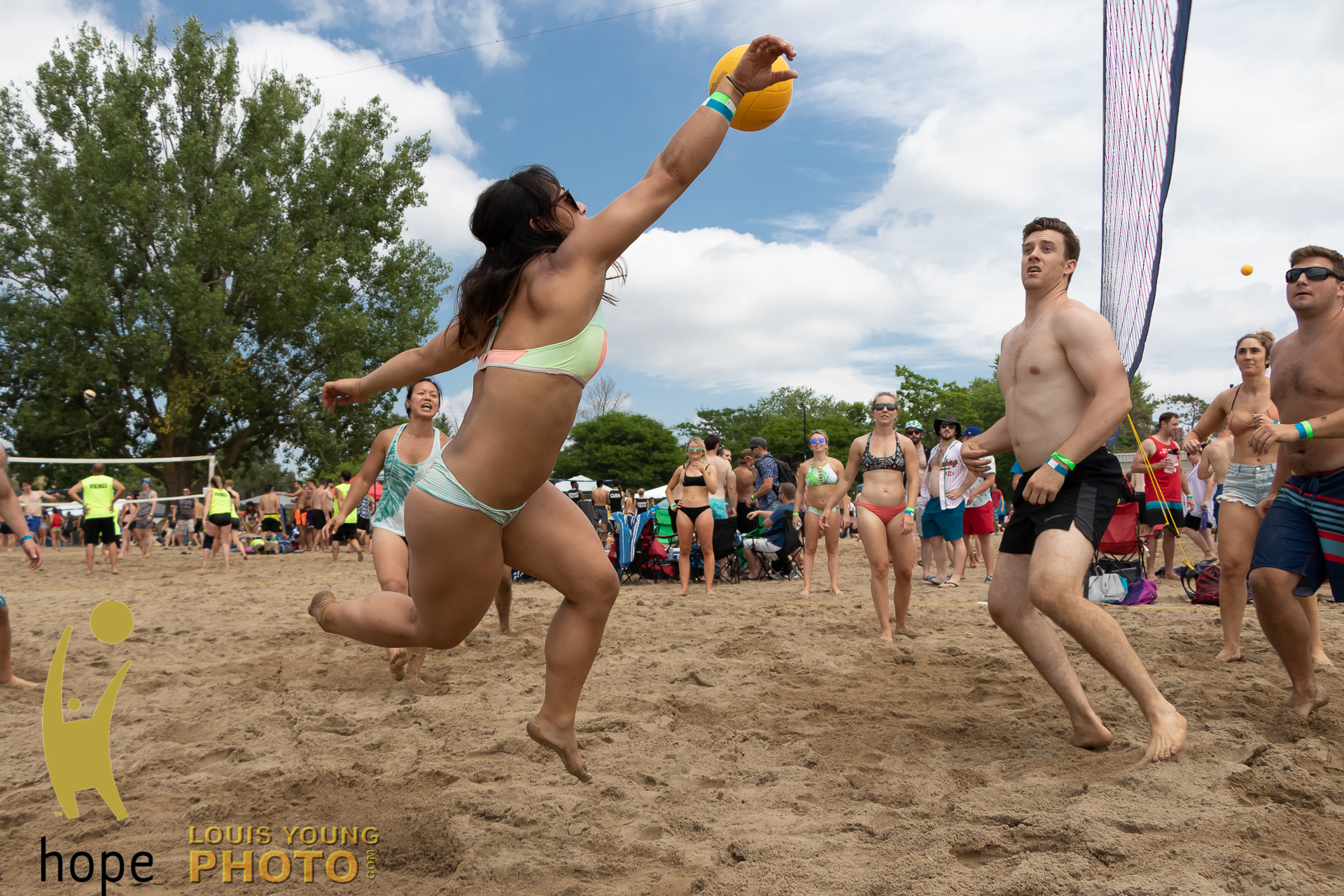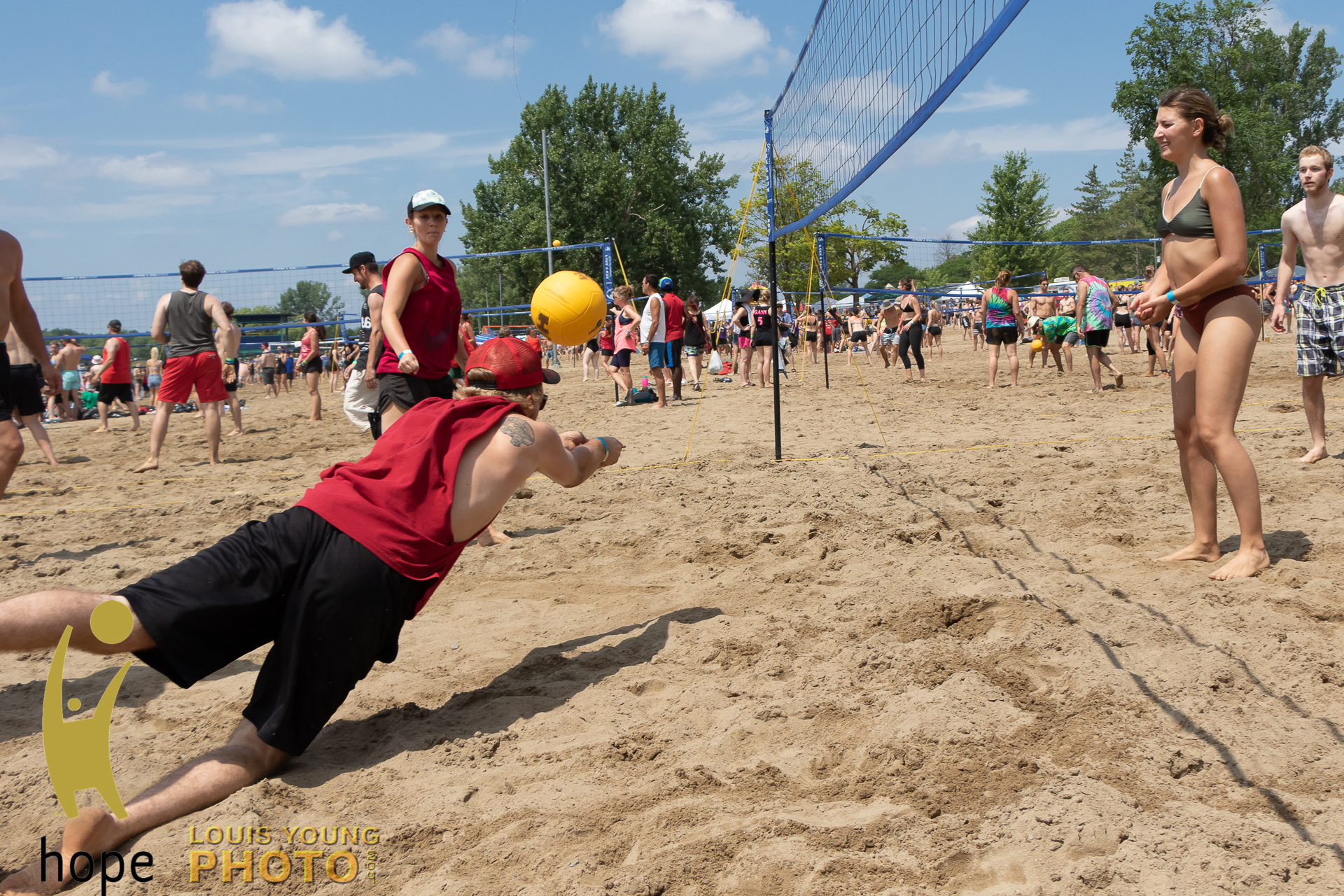Introduction
As an integral part of all ETA shows and competitions, photographers work tirelessly covering hours of performances. With the lightening click of a finger, they capture not only beautiful photographs to treasure, they encapsulate the emotion felt by the performer on stage. It takes great talent and skill to produce the ETA photographs that we all enjoy and love; and it takes a pronounced love of craft to produce such impressive images over and over again.
In today’s “A Chat With” we will discover that , as with most of the photographers we see at ETA events, Louis Young’s passion for photography extends far beyond the confines of festival venues.
A Chat With: Photographer Louis Young
SB: Good afternoon, Louis. Thank you for chatting with us today.
LY: Good afternoon Carolyn. It is my pleasure and an honour to chat with you today.
SB: When did your interest in photography first begin?
LY: In 2003, I photographed my first wedding and I really liked the experience. A couple of years later, in 2005, I started to do landscapes, flowers and animals. In 2009 I started working with models, shooting fashion shows and beauty contests. In 2010, I started taking photos of ETAs in Collingwood.
SB: Have you taken any courses or had any special training in the art of photography?
LY: No, I did not take any formal course programs in photography. I had lots of advice from my brother, Marc, who has been a photographer for the past 40+ years. Another friend initiated me in studio photography and I loved it. I started to buy studio equipment and have my own home studio. I also watched YouTube videos to learn some tricks, especially in the post-processing phase. A lot of it was learned by experience, trial and error.
SB: Before becoming a photographer, what was your full time job?
LY: I was a software programmer. I worked for Innovapost, which is the IT company owned by Canada Post. I can hear lots of people now saying, “Where is my package?”—don’t complain to me! I worked on different applications, such as Track A Package, which most people know about.
SB: How many years have you been photographing ETA shows, festivals, and competitions?
LY: My first experience taking photos of ETAs was in Collingwood in 2010. The following year I went to Tweed. I went back to it in 2014, and since then, I’ve gone to different festivals/competitions and shows every year.
SB: How did your interest in ETA shows, festivals, and competitions first begin?
LY: I am a big Elvis fan to begin with. Before Collingwood in 2010, I had no idea there were festivals or competitions anywhere. The only ETA I knew was Martin Fontaine who performed in the “Elvis Story” production in Quebec City. I saw that show 4 times in the 1990s. Then a friend of mine, who knew I was an Elvis fan, returned from holidays in 2009 and told me she was in Collingwood by pure coincidence during the Elvis Festival weekend. She told me there was Elvis music playing everywhere downtown. I decided to come and see for myself the following year in 2010. Since then, I have developed great friendships with many ETAs. I go to festivals and competitions as well as to different ETA shows.
SB: What are the challenges that certain venues present for a photographer?
LY: The biggest challenge is the lighting. Lots of times there is no proper follow spotlight (the white light that follows the artist on the stage), or it is simply not strong enough. Therefore, the ETA’s face is often magenta, blue, purple, green, orange, etc. Lots of photos have to be deleted because of that. It is a lot of work to correct those colours and it is sometimes impossible to do so as the details are lost. The other challenge is the distance and how close we can get to the stage, affecting the sharpness of the image.
SB: What are the ideal lighting conditions for photographing shows or competitions?
LY: A great follow spotlight. In some ETA shows, I now bring my portable flashes to help with the lighting.
SB: What ETA venue/festival is your favourite one to photograph?
LY: Any of those that offer great lighting. It is hard to name one since I have seen very bad lighting at a festival one year and the following year it was great. But the two most consistent festivals where the lighting is good year after year would be Collingwood and Niagara Falls.
SB: What is your process from photographing the event to the edited photos you post? How long does it take you?
LY: If it is a one-night show, it may take two to three days. When it is a four-day festival, it can take up to a few weeks, working many hours a day from morning to late at night. The first thing is to download the photos on my computer. Then I create collections, in my application, for all the ETAs and all aspects of the festival, such as the car parade, the meet and greet, first round, etc. This way it is easy to find what I’m looking for, especially when I have several thousands of photos. Once they have been sorted into those collections, I proceed with the post-processing of each individual photo that will be posted. I make sure that all individuals look their best. I process ETA photos the same way I process photos of models.
SB: Do you have a favourite ETA whom you like to photograph? Why?
LY: I like to take photos of everyone. It’s great to make people smile and happy when they see their photos posted on Facebook. I am always excited when I get a shot of an ETA who looks a lot like Elvis because of the angle and timing. It’s also fun to photograph when they jump and I can catch them in the air.
When I am at a festival, I am neutral; I don’t discriminate in any way. I try to take photos of all the competitors. Of course, I can’t be everywhere at the same time or I can’t go to all the different venues (it would be very expensive.... LOLL), therefore I may not get everyone. Last year in Collingwood, I had an ETA asking me why I did not post a photo of him. I can’t get everyone appearing on the Street Stage on the Friday during the preliminaries, especially if it rains, and I walk around to visit the street kiosks. Also, ETAs need to understand that I am not getting paid by the festivals to take photos; I do that on my own. I get paid only by some ETAs who buy photos from me, to whom I give priority.
SB: Can you recall at what event that you took the most photos? How many photos did you take, and why did this venue require so many?
LY: At one festival, I took over 9,000 photos; it was probably Collingwood. When I’m there, I attend the semi-finals, the Saturday night show, the finals, and other smaller shows. I take lots of photos in the semi-finals with a high number of Pro and Non-Pro competitors. The reason I take so many is that you never know which one will be great. There is the lighting factor, the facial expression, movement, so taking lots of photos ensures that one of them will be a great one.
SB: Do you have a favourite photographer, living or deceased, whose work you most admire?
LY: I admire many of my friend photographers for their work in different areas.
SB: Besides photographing ETAs, are there other subjects that you enjoy photographing?
LY: It’s great to photograph animals—bring me to a zoo and I’m in heaven.
I also work with fashion models either outdoors or in a studio.
I like to do action or sports shots too, and I’m the official photographer for the HOPE organization (Helping Other People Everywhere) in Ottawa, which organizes the World’s Largest One Day Volleyball Tournament. Hope gives between $20,000 to $25,000 to five or six local charities in Ottawa every year.
SB: If you were asked to display your photos in a gallery, what 5 photos would you absolutely have to include?
LY: I have probably hundreds of thousands of photos and to pick only 5…. impossible…. Lolll. There would have to be photos of models, ETAs, animals, sport/action shots.
SB: Please explain your view on crediting photographers for their photos.
LY: An important question. Lots of people do not understand that the work of a photographer is considered the same as the work of a painter, writer, artist, etc. In Canada, our work is protected by Copyright law. You do not have to be a professional photographer to be protected by Copyright law. Anyone, amateur or not, taking a photo is protected. When you share a photo, it is very important to credit the photographer so that the viewers know where it comes from. It is also a sign of respect for the work of the photographer.
SB: Who buys your photos?
LY: Mainly ETAs and their agents. They buy photos for different uses, such as to:
- print 8x10 to sell at their merchandise table
- create their publicity banner for shows;
- print on show tickets;
- print on pull-up banners;
- use in newspaper articles;
- post online;
- etc.
There are also fans who contact me to buy prints of them with their favourite ETAs or while they were receiving a scarf. One fan even bought from me a poster-size 24x36 of her favourite ETA Sylvain Leduc.
SB: Are ETAs willing to pay good money for professional photos?
LY: I do have a list of prices for the photos. If the ETA wants only a few photos, I will go with the price list. I usually have a lot more photos than those posted on Facebook, so I show all of them to the ETA, and I will offer a special price if all the photos are bought. The prices are very reasonable, but there are always some ETAs that find it too expensive. It’s hard for them to realize how much time, work and effort I put into their photos to make them look their best. Some think that the photos are simply downloaded from the camera to the computer and uploaded right away to Facebook as is. Ask my wife how much time I spend in front of the computer working on photos—sometimes she doesn’t see me for days… loll. It also needs to be recognized that the camera equipment that I carry with me at festivals is probably worth between three to four times the price of their jumpsuits (and I’m talking about the good stuff from B&K). Professional camera equipment is very expensive.
SB: I noticed that all your photographs are watermarked. Has it happened in the past that someone used your photos without permission, even with watermarking?
LY: Yes. One ETA used one of my photos on a poster announcing his show. I thought it did not look very professional since it still had my large watermark in the middle. Another ETA created a montage with several of my photos (with my watermark) by downloading the photos and re-uploading them in a collage. Facebook compresses the photos and they lose quality each time you download them and re-upload them. I asked the ETA to remove his montage because my logo was showing and it looked like I took poor quality photos. When I asked him to buy the photos he wanted to use, which I would have provided at high resolution with no watermark, he declined and blocked me on Facebook. A few years later, we crossed paths at one of the festivals in the washroom facilities (haha); he apologized and unblocked me. Funny how things happen sometimes. There are other stories but it would take too long…
It is very hard to catch everyone who takes copies of your photos and modifies or uses them without permission. The web is gigantic.
I don’t mind people sharing my photos on their Facebook page or using them as their profile photo if they wish. What I do not appreciate is when people modify or use them in different ways without permission. When I notice that, I contact the person directly.
SB: With all the costs involved in producing top quality photographs, is it possible for you to make a living with your photography?
LY: No. I do sell to some ETAs at different festivals, but the amount does not even start to cover my expenses. It costs me a lot more to go to these festivals than what I sell to ETAs. Most festivals I attend offer me a media pass, but I still have to pay for the hotel, food, gas, etc.
SB: What 2019 upcoming shows, festivals, and competitions are you photographing?
LY: As far as festivals, I will be in Collingwood, Tweed and Flaming Star. For shows, I have posted lots of photos of Sylvain Leduc in the past year, almost on a weekly basis. Sylvain and I have become very close friends, and I enjoy his shows. I still like to go see other ETAs or performers as well. I went to several of Matt Cage’s shows, I went to see Mike Calamusa in Trenton, Gordon Hendricks in Tweed and Belleville, Victor J. Hanson in Ottawa and others. There are many ETAs that I would like to see but distance is a factor.
SB: Thank you so much for your excellent answers and amazing photos, Louis. It has been such a pleasure.
LY: Thanks for giving me the opportunity to share my thoughts and experience with you and the Sideburns Magazine readers and followers.







